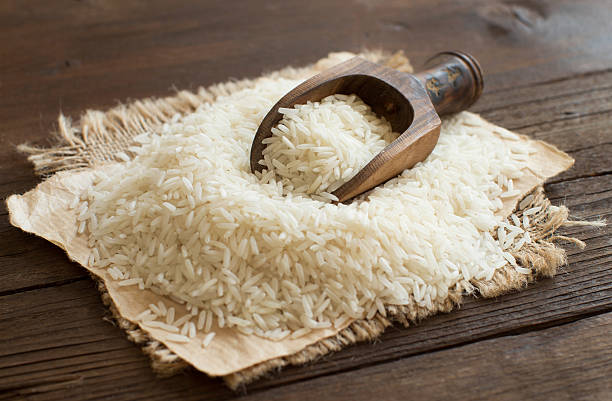The Indian Council of Agricultural Research (ICAR) has developed the world’s first genome-edited GE rice varieties, which have superior yield, drought and salinity tolerance and high nitrogen-use efficiency traits. The Hyderabad-based Indian Institute of Rice Research (IIRR) and the Indian Agricultural Research Institute (IARI), New Delhi, the two affiliated institutions with ICAR, have undertaken the research together.
Improved GE mutants of the popular Samba Masuri BPP-5204 and Cottondora Sannalu (MTU-1010) varieties of rice were bred together using CRISPR-Cas SDN1 (site-directed nucleases-1) technology.
The Union Minister of Agriculture and Farmers Welfare, Shivraj Singh Chauhan, set in motion the use of two new varieties of rice at the ICAR’s NASC complex this Sunday.
Genetically Modified Crop (GE)
Genetically engineered (GE) crops are different from genetically modified (GM) crops. While the letter involves the introduction of genes from unrelated species into the host plant, genetic engineering is done on the genes already present within the plant. Genetic engineering leads to a mutation or change in the DNA sequence of a living organism with no foreign gene or DNA incorporated.
Both these improved varieties of genetically engineered rice were tested in multi-location field trials under the All India Coordinator Research Project on Rice during 2023 and 2024. This was followed by approval from the Department of Biotech Technologies Review Committee on genetic manipulation.
The development of the two gene rice varieties has paved the way for using this technology for higher yield, climate resistance and improved quality trials in other crops like oilseeds, pulses, etc.


